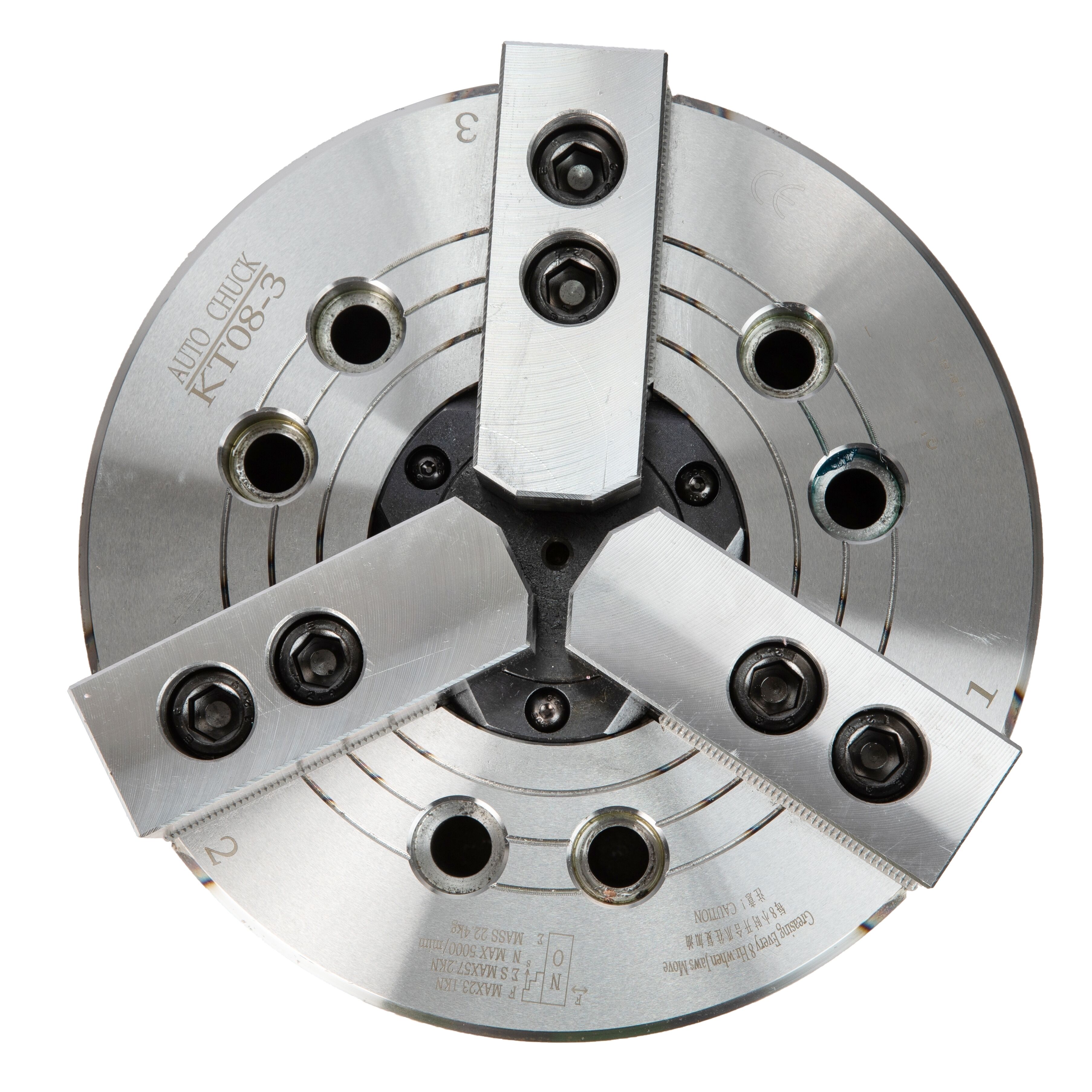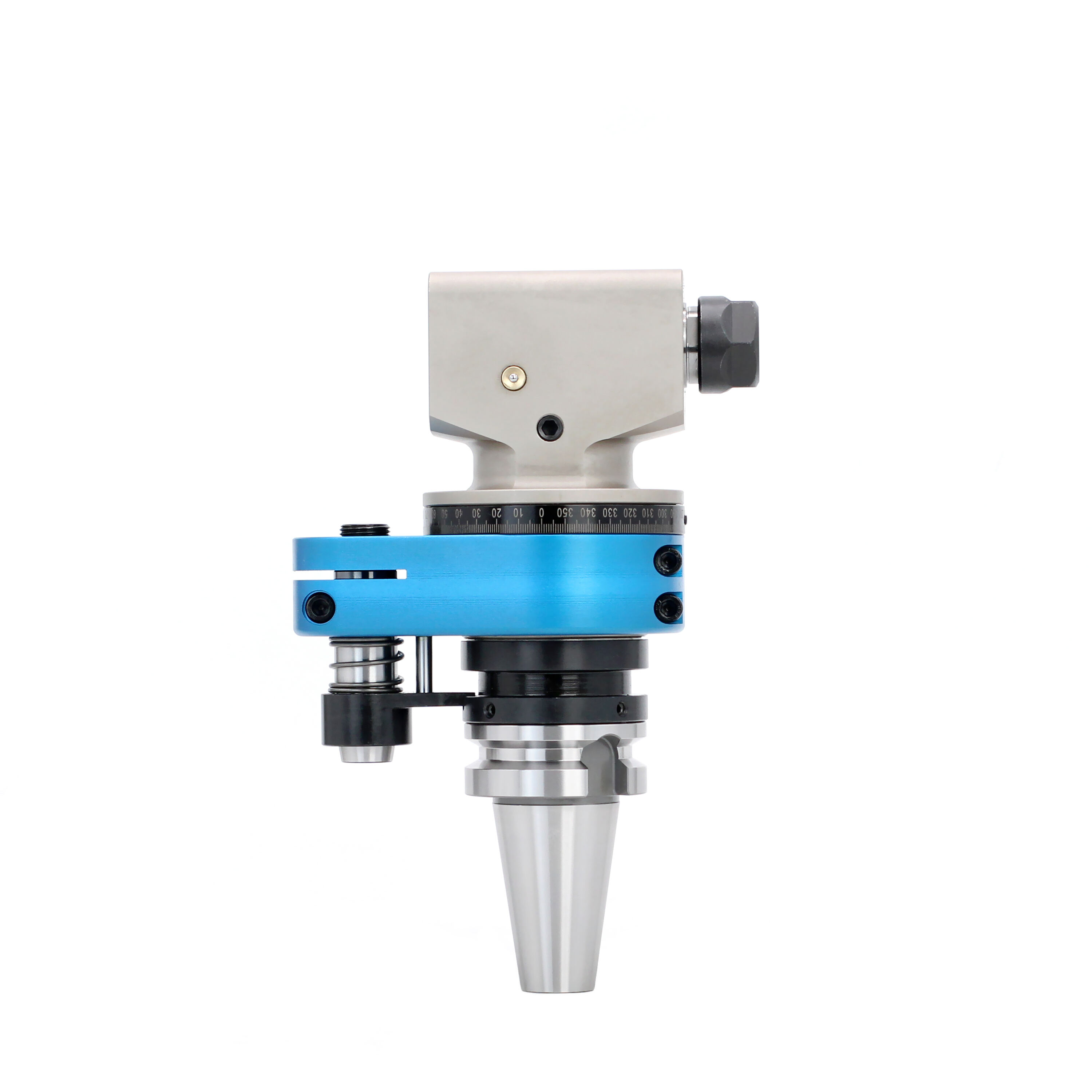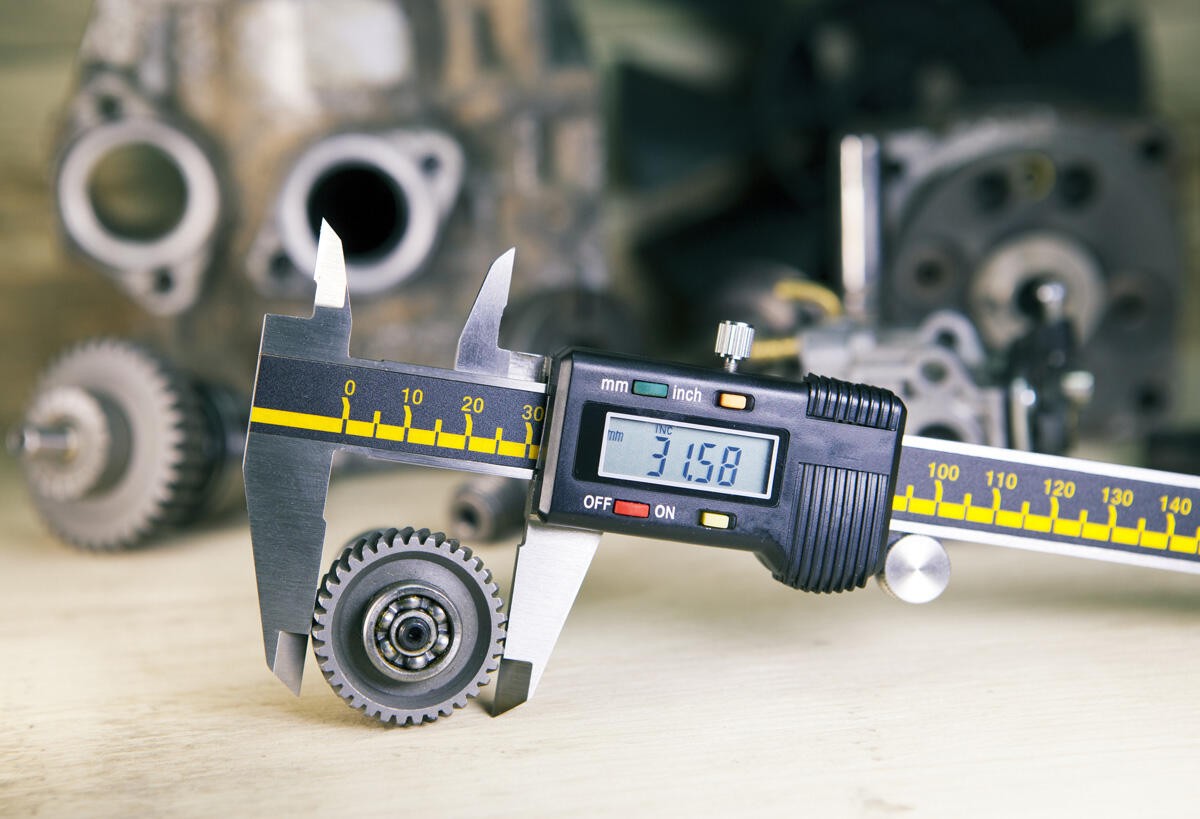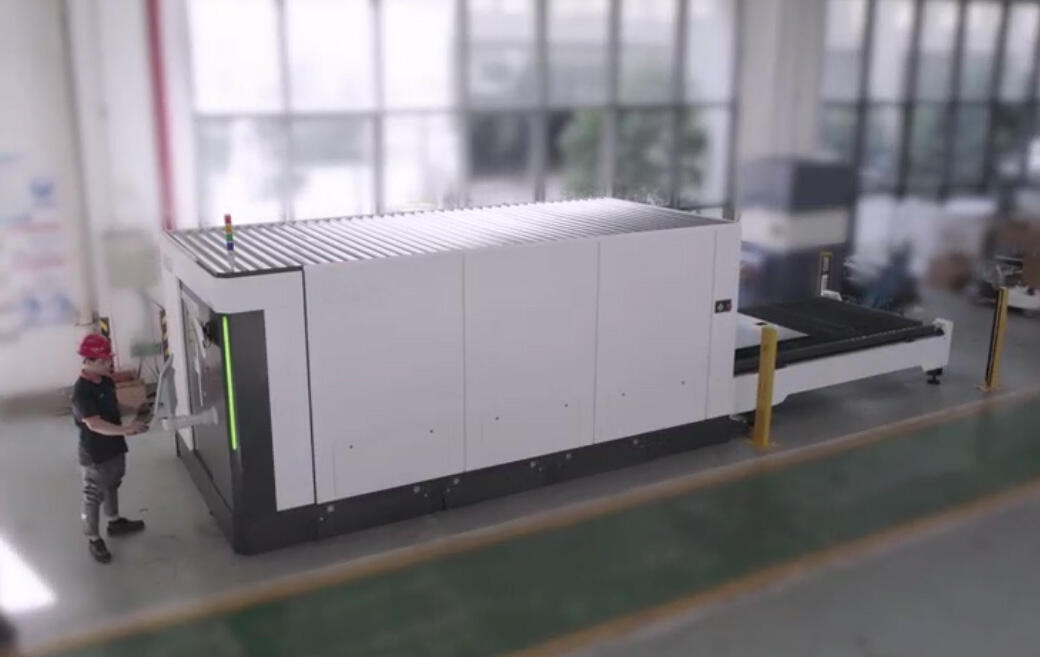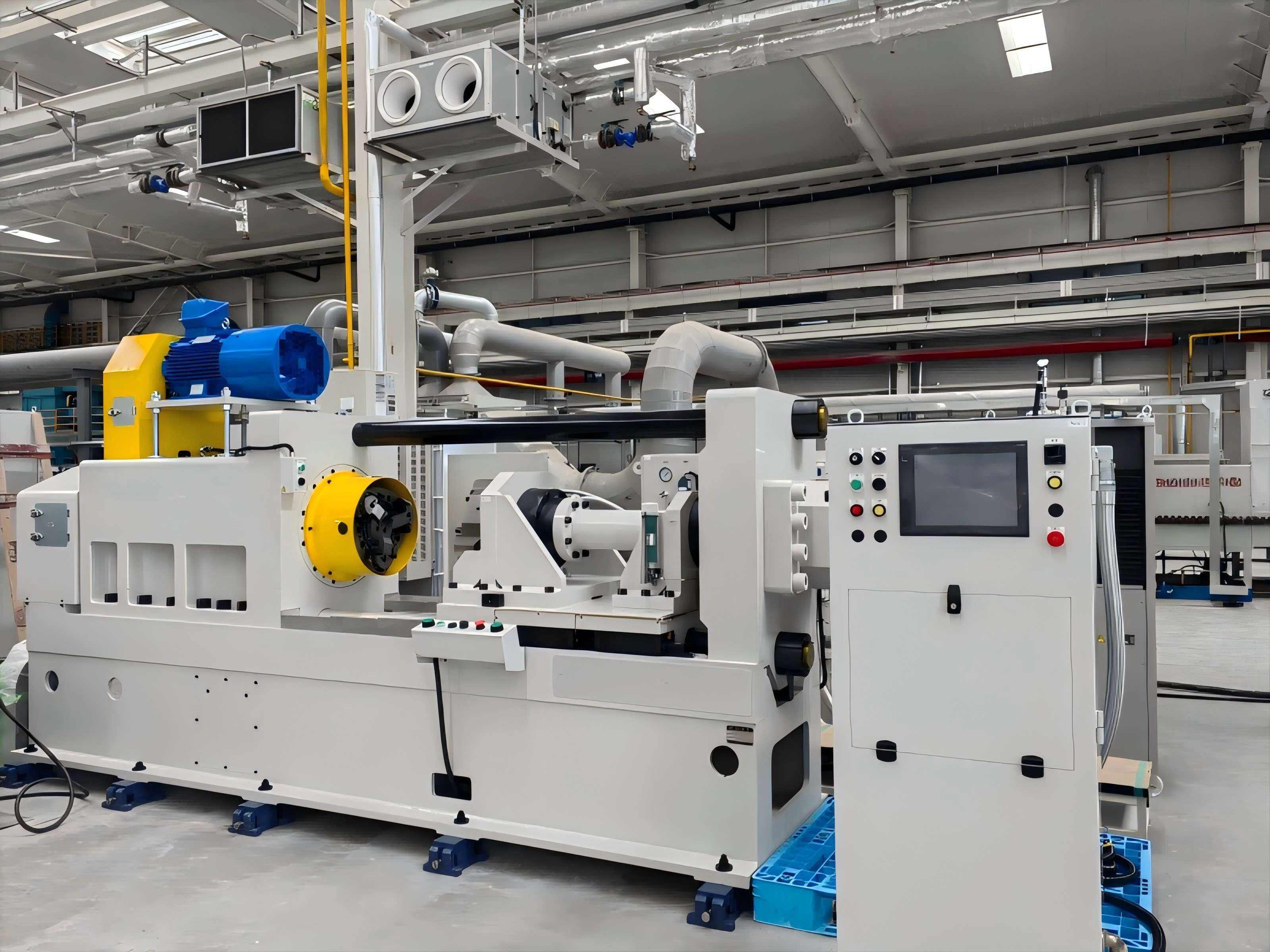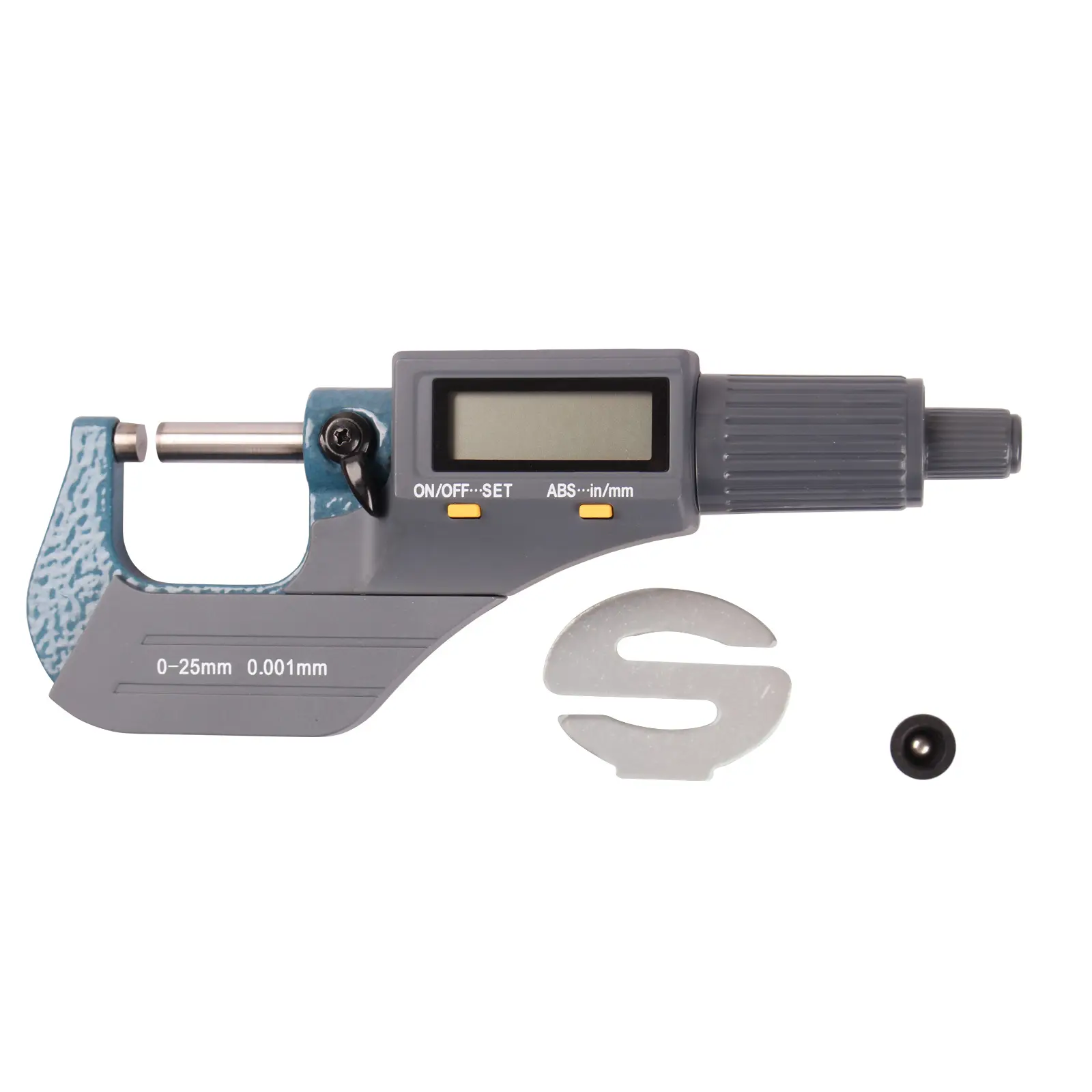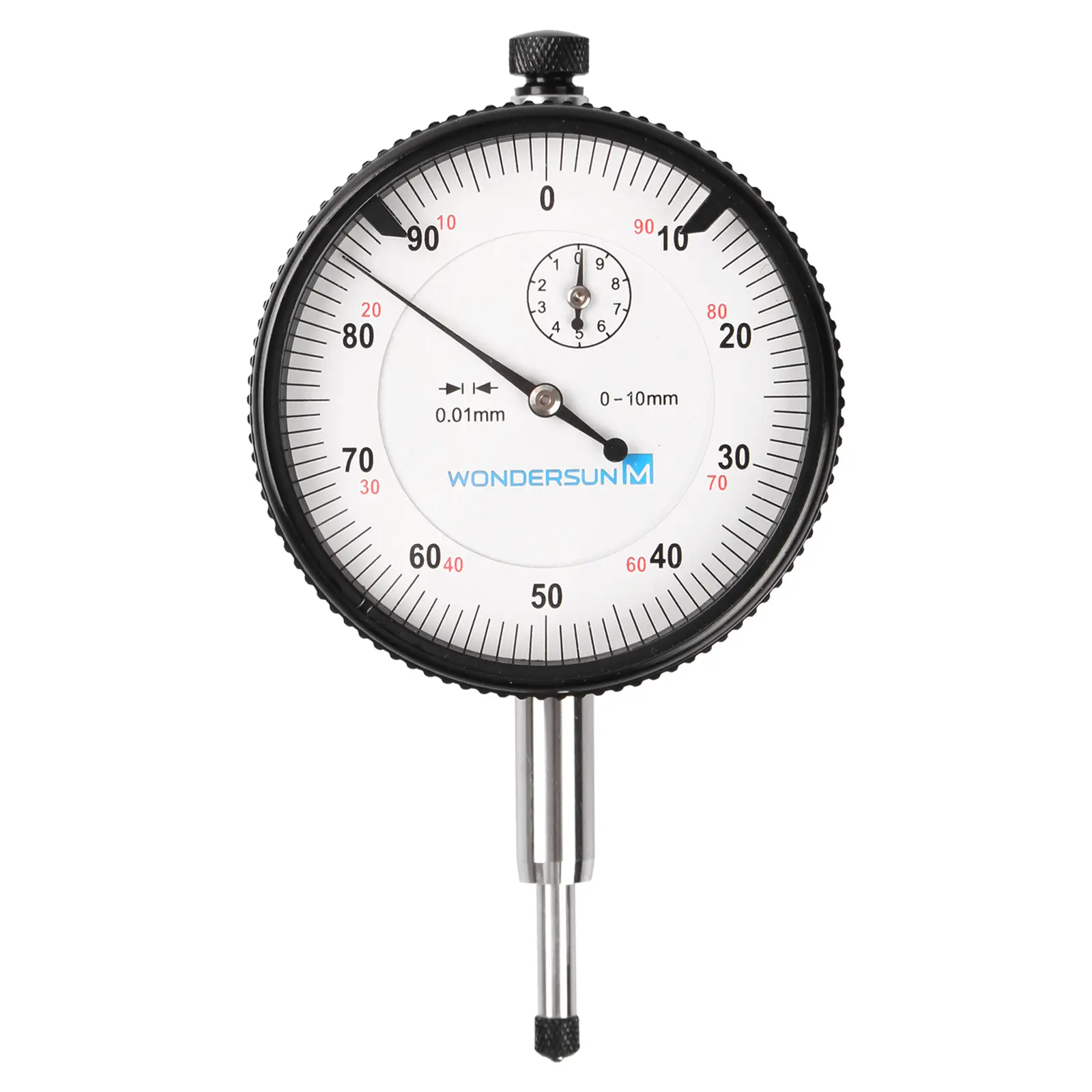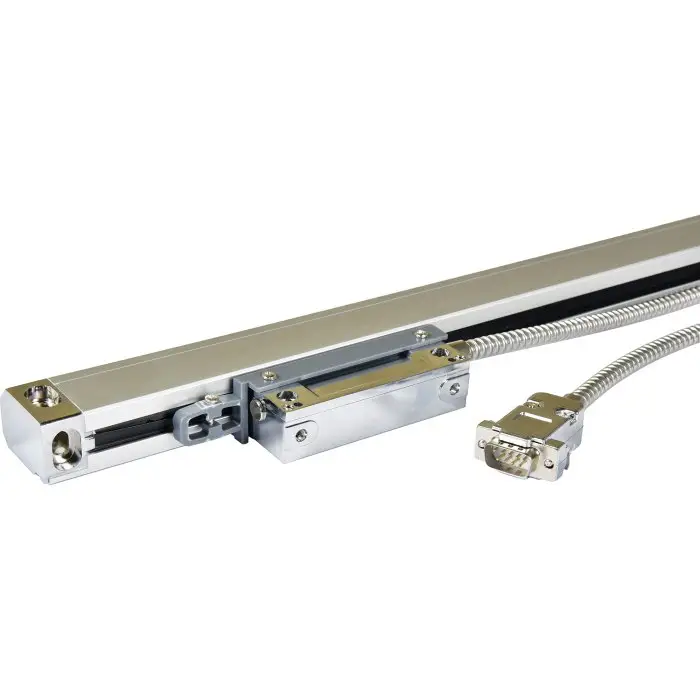Enhancing Quality Control with Digital Calipers
Like any other industry, automation put a premium on precision and accuracy. In every field, digital calipers are considered to be one of the utmost importance to the quality control system, giving invaluable service to industry which sustains qualit...
View More

